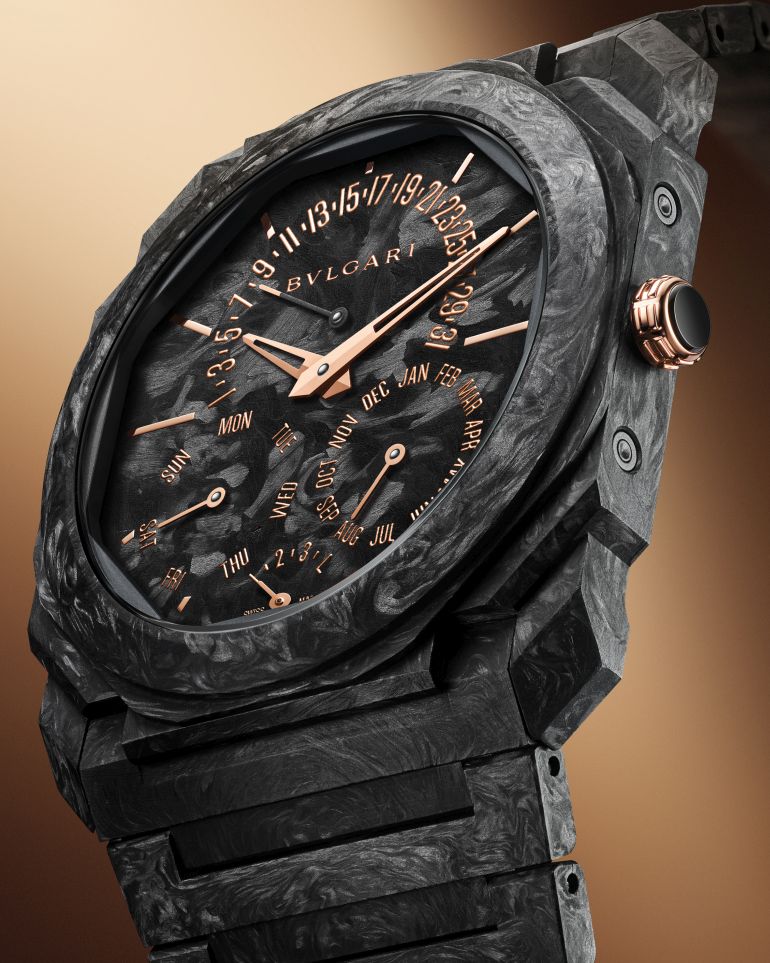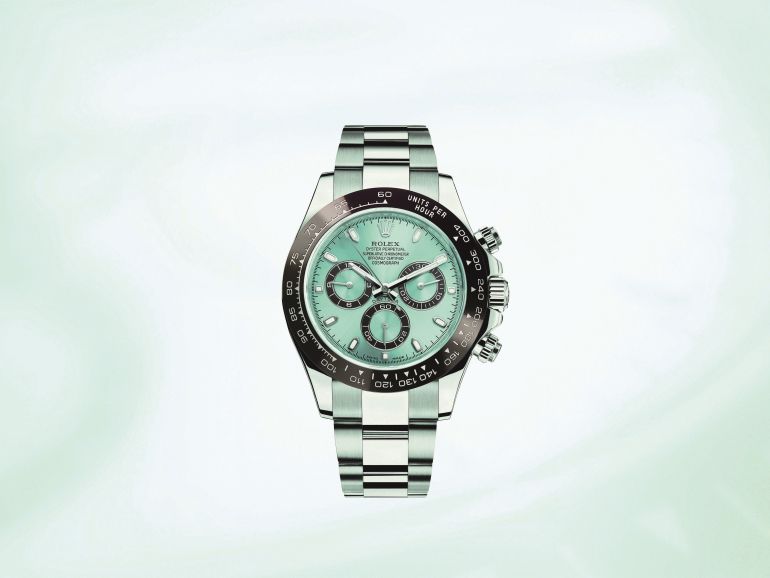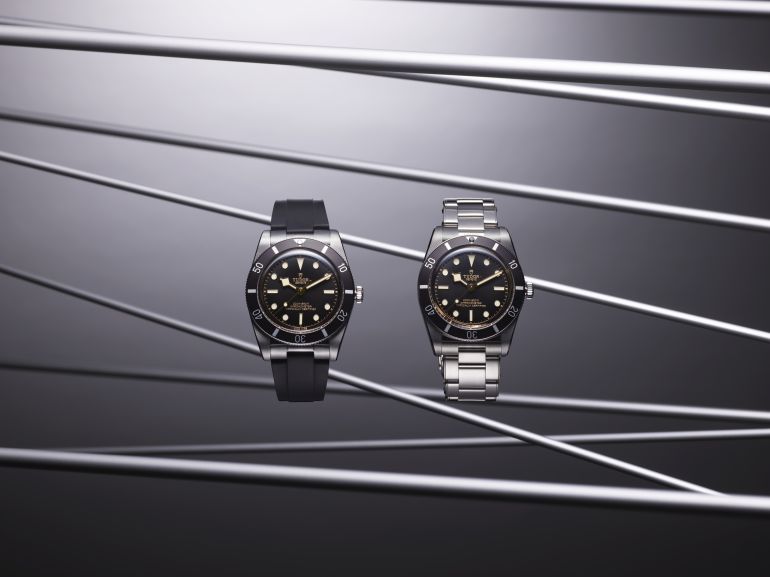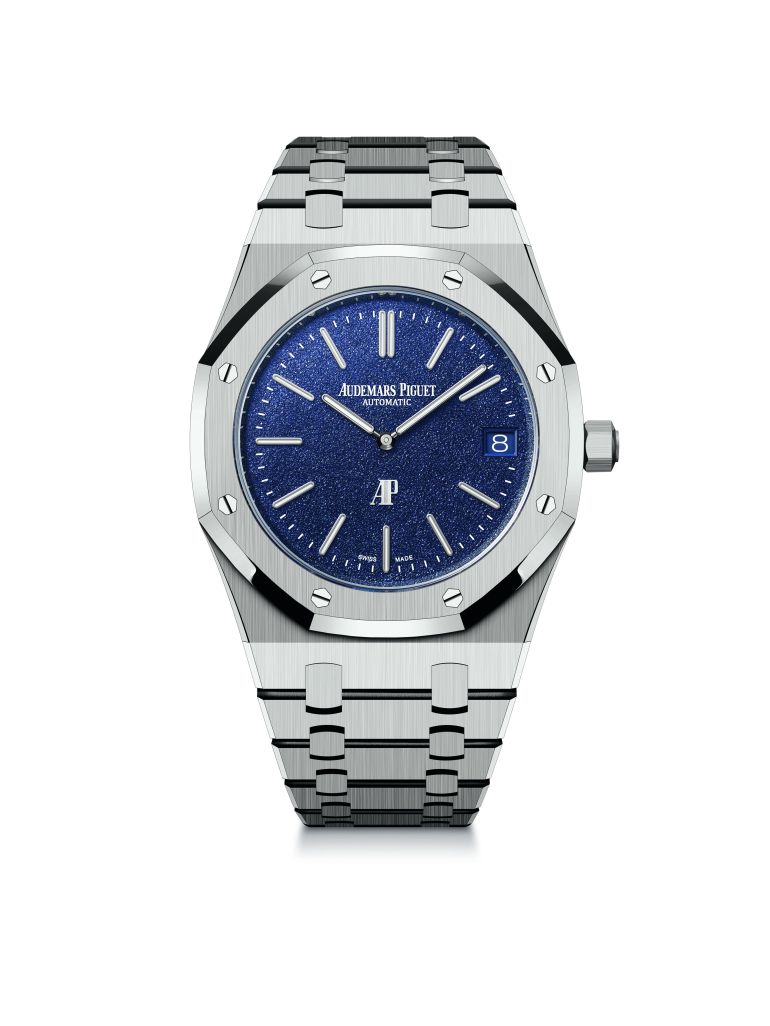
In 2022, some 6,815 stolen watches were added by users, an increase of 60% compared to 2021. This is a thought-provoking figure. The growth in reports, however, may be due to numerous factors, not only to an increased prevalence of crime. Not least, to the increase in popularity of The Watch Register itself.
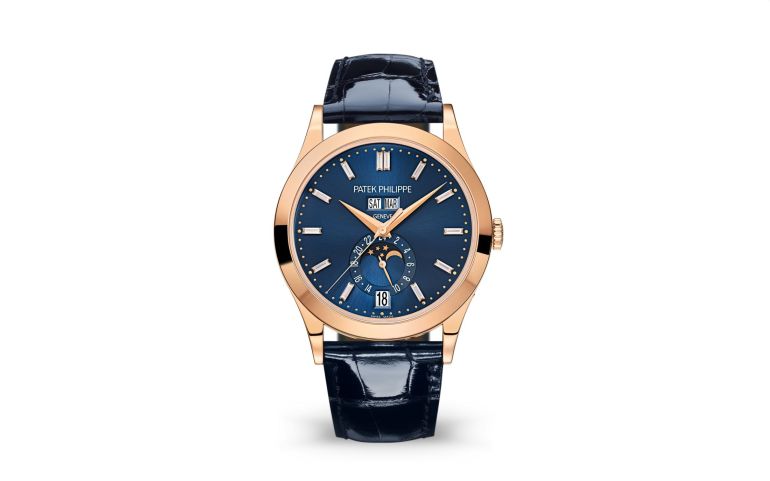
Let us remember, however, that among the luxury brands Rolex is the one that puts the largest number of watches on the market each year. And if we think that Patek Philippe's annual production of about 70,000 watches is just 7% of the (estimated) Rolex production, we can well understand how muggers 'prefer' the crowned house.
Yet the reports of theft, which are increasingly frequent in our newspapers, often concern very expensive and exclusive watches. The value of the object makes the news, sure, but it does not photograph the reality of our cities. Let us not be so easily convinced that we live in Jena Plissken's New York. Let us read the news circulating on the net with a critical mind and look around us, instead of living immersed in the reality that our smartphones give us.


